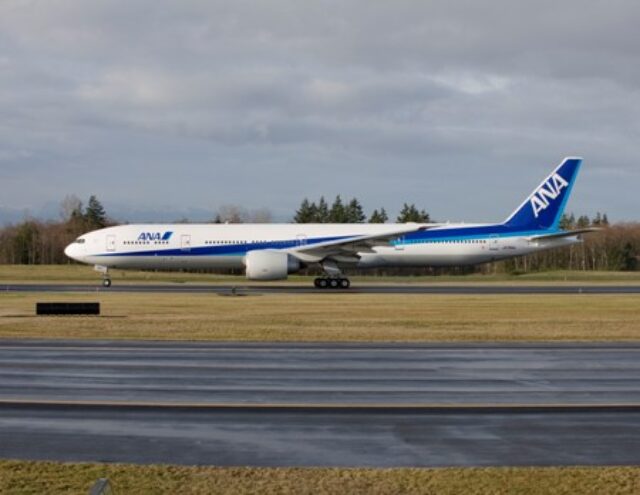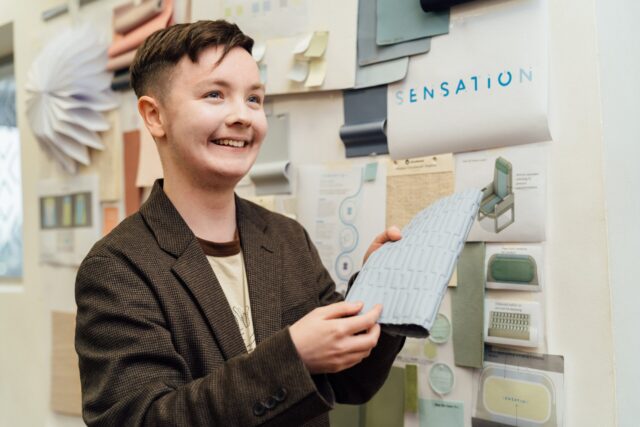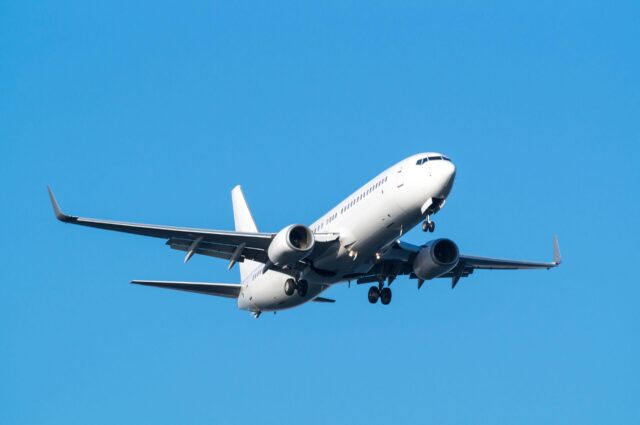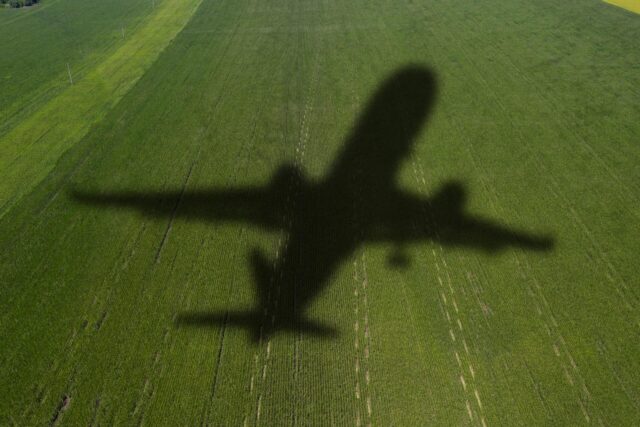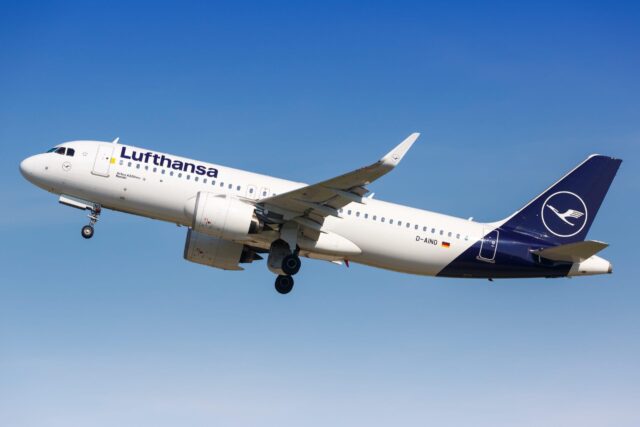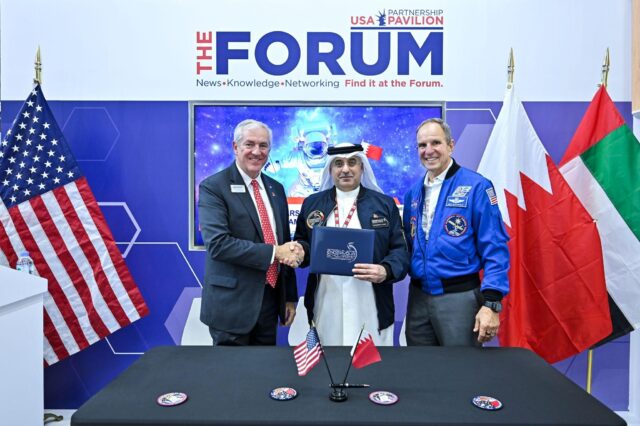‘Designing for neurodivergent passengers requires a multi-sensory approach’
Muirhead, a supplier of high-performance leather to airlines and seat manufacturers, recently unveiled its vision for neurodiverse-friendly aircraft seat covers.
Designed with neurodivergent adults in mind, the Scottish supplier’s new…

Muirhead, a supplier of high-performance leather to airlines and seat manufacturers, recently unveiled its vision for neurodiverse-friendly aircraft seat covers.
Designed with neurodivergent adults in mind, the Scottish supplier’s new ‘Sensation’ collection seeks to inspire CMF designers as they envision the future of people-focused aircraft cabins.
With up to 80% of disabled individuals living with a non-visible disability, the project highlights the importance of seat cover design in fostering an inclusive onboard experience for all travellers.
Speaking to FINN, the Muirhead team gave an insight into their work.
What are the key factors that you have to consider when accounting for neurodiversity in your design work?
Neurodivergent individuals tend to have heightened sensitivities compared to neurotypical people. These can amplify their discomfort in the cabin, turning what should be a pleasant flight into a draining ordeal. One way to help them regulate their emotions onboard is by using natural materials, such as genuine leather, which many favour over synthetic alternatives as they offer a less invasive sensory experience.
Catering to the needs of neurodivergent travellers requires a multi-sensory approach. This involves carefully curating and incorporating elements that provide passengers with comfort and a sense of security. For instance, we should opt for cooler colour pallets to create a calming environment. We should also identify textures that can add to this calming effect – the textures of certain fidget toys are a good starting point. Lastly, we should strive for minimal stitching and consider using digital printing to help passengers locate their seats and process their environment ahead of the flight.
Do you also consider other additional needs, such as passengers with vision problems or physical disabilities?
Yes. While the Sensation collection primarily focuses on neurodivergent adults, we also incorporated the needs of individuals with visual impairments and circulation issues.
We are aiming to inspire CMF designers to create people-focused and inclusive aircraft interiors.
Although our research for this collection was guided by the needs and experiences of neurodivergent individuals, this is just the beginning. Whether it’s leather or aviation, our industries are often associated with being old-fashioned and traditional. We are on a mission to change these perceptions and aim to keep improving our collections to create an inclusive air travel environment for all. We are planning to continue incorporating people-focused design concepts into our future collections.
How have airline seat design and manufacturing processes changed in recent years?
Over the past few years, we have observed a notable shift towards more considered material application and more sustainable production processes. Particularly pertinent is the focus on what happens to end-of-life products. In the aviation sector, we’re witnessing discussions around biodegradability, as well as transitioning from laminated seat backs to separate sewn covers to facilitate easier dismantling and processing.
In terms of aesthetics, we anticipate the aviation industry will increasingly embrace lighter seating interiors to create a more open, spacious, and inviting feel inside the cabin. This transition, once hindered by concerns around cleanliness and colour transfer, now finds support in advancements around material finishing technology, which enable operators to opt for lighter hues without compromising on material performance.
Meanwhile, in the luxury segment, there is an overarching trend towards embracing the material ‘imperfections’ of organic materials such as genuine leather. From a production perspective, this emerging trend has positive implications for sustainable manufacture. It improves yield and, therefore, enables more efficient material use – ultimately minimising waste.
How have you incorporated sustainability into the design process?
Last year, our ReWILDing aviation collection drew from the natural world, underscoring Muirhead’s commitment to environmental sustainability. This year, we’re shining a spotlight on our social sustainability journey to showcase how leather design can redefine the onboard experience for all travellers. We brought awareness to neurodiversity and how people can be emotionally affected by the air travel experience. The aim was to inspire CMF designers to consider the needs of neurodivergent people in cabin interiors design.
However, as the manufacturer of the world’s lowest-carbon leather for aviation, we also take great pride in our leather’s environmental sustainability credentials. Through our cutting-edge circular manufacturing process, we have successfully reduced the carbon intensity of our hide by 90% over the last two decades.
It’s exciting to be able to leverage our in-house design capabilities to offer a wide variety of customisation options – including colour matching, bespoke emboss, and digital print – on a truly sustainable material.
Subscribe to the FINN weekly newsletter






